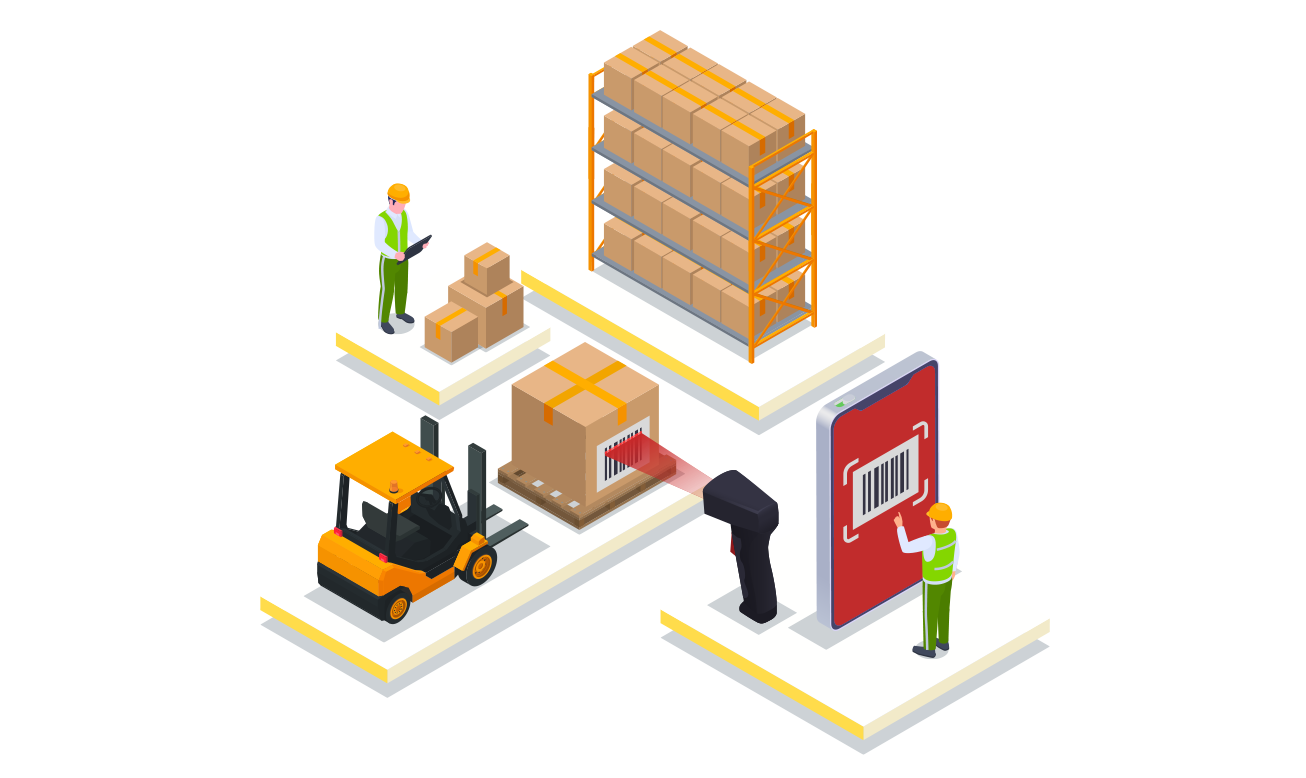November 10, 2025
5 Ways to Reduce Freight-Related Risks
Freight-related risks can impact every link in the supply chain, from manufacturing to final delivery. Damage, theft, regulatory delays, or mishandling can lead to higher costs, lost time, and reduced customer confidence. For companies that rely on seamless logistics, effective transportation risk management is no longer optional; it is essential to protect operations and profitability.
At Last Mile Logistics, we understand that loss prevention and operational flexibility are the foundation of modern logistics. Our network-driven model allows us to manage transport risks more efficiently by working with a wide range of trusted, approved carriers and transportation partners. This flexibility helps our clients reduce vulnerabilities and maintain business continuity, even when disruptions arise.
Here are five proven strategies that strengthen transportation risk management and minimize freight risk, supported by our hands-on expertise in shipment protection and risk assessment for logistics.
1. Begin with a Comprehensive Transportation Risk Assessment
A successful loss prevention program begins with a thorough transportation risk assessment. This process identifies where potential failures could occur across every stage of shipping, from shipment handling and packaging to transit routes and delivery schedules.
Common freight-related risks include carrier unreliability, improper transport handling, cargo theft, and exposure to natural or geopolitical disruptions. Additional challenges, such as fluctuating fuel prices, driver shortages, or changing trade policies, can also intensify risk.
By conducting a risk assessment for logistics, shippers can map these vulnerabilities and prepare targeted strategies to mitigate them. Partnering with a non-asset-based carrier strengthens this process because we can analyze performance data across multiple transportation partners rather than relying on a single fleet. This wider perspective allows us to select the safest and most efficient routes, adjust carriers as needed, and ensure every shipment is handled according to the highest standards.
Key focus areas during assessment:
Evaluate carrier safety records and insurance coverage.
Review packaging protocols for damage prevention.
Identify routes with higher risks of theft or delay.
Consider climate and seasonal factors affecting cargo safety.
2. Build and Maintain Robust Risk Mitigation Strategies
Once risks are identified, the next step is to develop strategies to prevent or mitigate their impact. A comprehensive transportation risk management plan should include contingency measures for worst-case scenarios, such as weather-related shutdowns or carrier unavailability.
Diversification is crucial. As a non-asset-based provider, we are not tied to a single mode of transportation or a fixed fleet. This flexibility enables us to quickly adapt when disruptions occur. If a route becomes unsafe or congested, we can immediately source an alternative carrier or shift to another transportation mode, all while maintaining service consistency.
We also integrate compliance and regulatory management into every stage of logistics planning. Understanding regional and international shipping laws helps avoid costly penalties or customs delays, two often-overlooked sources of freight risk.
Effective risk mitigation strategies include:
Developing multiple routes and carrier options for high-risk lanes.
Using real-time monitoring for early detection of delays or theft.
Aligning with updated trade and tariff regulations.
Coordinating closely with partners to minimize fuel and environmental risks.

3. Ensure Effective Implementation of Risk Management Plans
Even the most detailed strategy only works when executed correctly. That is why clear communication and accountability are vital during implementation. Every party involved, from warehouse teams to last-mile carriers, must understand their role in preventing transport risks and ensuring smooth shipment handling.
Our non-asset-based model offers a distinct advantage in this regard. With access to a broad pool of transportation partners, we can mobilize resources quickly to meet client needs. If a carrier experiences equipment issues or schedule changes, we immediately reassign the shipment to another qualified partner without disrupting operations.
We also use technology to improve visibility. Real-time tracking and reporting tools keep clients informed about shipment progress and enable proactive responses to potential issues.
Implementation essentials:
Communicate the risk management plan to all stakeholders.
Use digital platforms for tracking, documentation, and alerts.
Conduct periodic checks on packaging, labeling, and documentation accuracy.
Review performance data regularly to identify opportunities for improvement.
4. Commit to Continuous Monitoring and Risk Evaluation
Transportation risk management is a continuous effort. External factors, such as economic conditions, extreme weather, or shifting trade policies, can alter risk levels overnight. To remain resilient, companies must consistently monitor their logistics operations and adjust their strategies as needed.
We rely on data-driven monitoring and analytics to ensure long-term success. By collecting performance metrics from across our carrier network, we identify patterns and detect inefficiencies early. This proactive approach allows us to prevent losses before they occur.
Key metrics we track include on-time delivery rates, incidents of damaged or lost cargo, carrier performance reliability, and compliance adherence. With this information, we can modify routes, retrain partners, or recommend new handling methods to improve results.
Best practices for ongoing monitoring:
- 1Implement KPIs to evaluate reliability and shipment quality.
- 2
Use predictive analytics to anticipate potential disruptions.
- 3Reassess compliance requirements at regular intervals.
- 4Maintain transparent communication with all logistics partners.

5. Partner with Reliable, Vetted Transportation Providers
Selecting the right partners is the most decisive factor in reducing freight-related risks. A non-asset-based carrier with extensive industry experience brings value beyond transportation, offering flexibility, risk diversification, and deep regulatory insight.
Unlike asset-based carriers tied to specific fleets, non-asset-based providers carefully select each carrier based on the shipment’s unique requirements. This allows for greater control over quality, reliability, and cost-efficiency. Every transport partner we work with undergoes a rigorous vetting process covering insurance, safety records, and service performance.
Moreover, our model allows us to adjust quickly to shifting market conditions such as fuel price changes or route restrictions. This agility protects clients from cost overruns and service interruptions.
Key advantages of partnering with a non-asset-based carrier:
Access to a wide network of approved and compliant carriers.
Flexible routing and mode selection to manage changing conditions.
Cost-effective logistics solutions tailored to specific needs.
Strong expertise in transport handling and risk assessment for logistics.
Partnering for Smarter, Safer Freight Operations
At our company, loss prevention and operational reliability are at the core of every logistics solution we deliver. Our transportation risk management approach combines data-driven analysis, flexible partnerships, and real-time visibility to reduce exposure to freight-related risks and maintain business continuity.
Whether your shipments require regional distribution or complex international routing, our non-asset-based carrier network gives you the agility and protection your business needs. From risk assessment for logistics to precise shipment handling and proactive monitoring, we help ensure that your freight arrives safely, on time, and on budget, every time. So please call Arnie today so we can evaluate your transportation needs.

